Morpathia: Nice day out - A visit to Stella
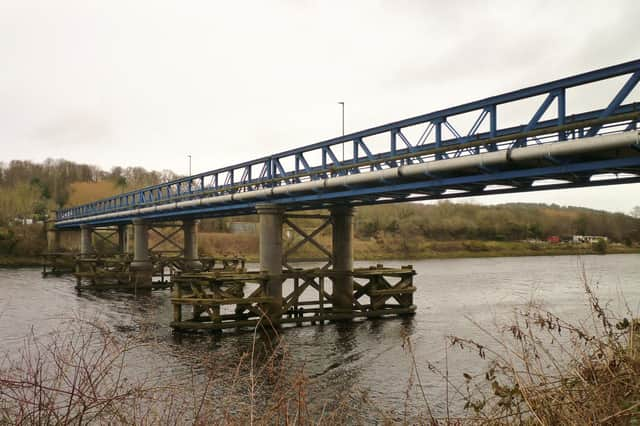

We crossed the river by Newburn Bridge. It’s purely functional, with a single carriageway controlled by lights at both ends and a wide pedestrian path. It also carries that most important commodity, sewage.
Sewage is actually an anti-commodity. Rather than wanting it, we want it taking away as far and as efficiently as possible. I was mildly alarmed to see that the pipe on the pedestrian side has been patched up at regular intervals with duck-tape, but at least it shows that somebody cares.
Advertisement
Hide AdAdvertisement
Hide AdJust before the bridge is a pub called The Boathouse, now an Italian restaurant. There is actually a modern boathouse nearby and another one across the river.
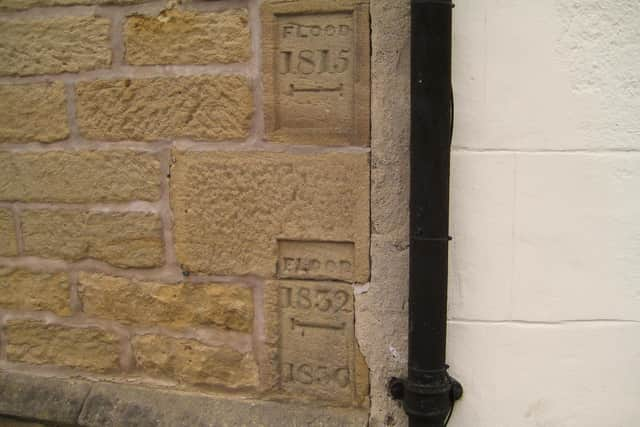

What caught our attention was two little inserts showing where the flood water came to in 1815, 1832 and 1836. All three were well above the doorstep and in 1815, it came more than halfway up the height of the door.
Disasters like that, I thought, must have been noticed in the newspapers of the time, but not so. Searching through the Newcastle newspapers of those years for the word “flood”, I came across nothing in 1815 or 1832, but the following in the Newcastle Courant of August 6, 1836:
“During the last week this neighbourhood has been visited almost daily with heavy falls of rain. On Friday last it commenced to rain early in the morning ... and continued until midnight without ever ceasing. Much rain must also have fallen in the west, as on the following morning the river was much flooded, which covered its banks, and has done considerable damage to the flats about Newburn, Blaydon, Swallwell, etc.”
Advertisement
Hide AdAdvertisement
Hide AdWhat’s noticeable in both the Courant and the Newcastle Journal is that what concerned them was the flattening and destruction of the crops. The fact that people’s houses were under water was of no account.
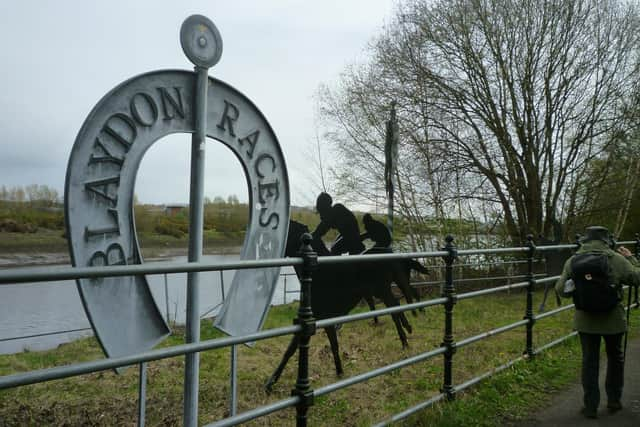

I suppose most people lived more simply then, with little in the way of carpets and upholstery and, of course, no TVs or electrical goods.
Their tables, chairs and dressers were made of wood and most of the rest either metal, stone or pot, so they’d just sweep away the mud, dry out what was wet, mend what could be mended and carry on as before.
A blue plaque on the restaurant says that in 1800, George Stephenson was in charge of the pumping engine of the nearby Water Row Pit – where his father was the fireman.
Advertisement
Hide AdAdvertisement
Hide AdOver on the other side of the bridge we walked along a very decent cycle- and footpath called the Keelman’s Way, which runs for several miles along the south bank of the river.
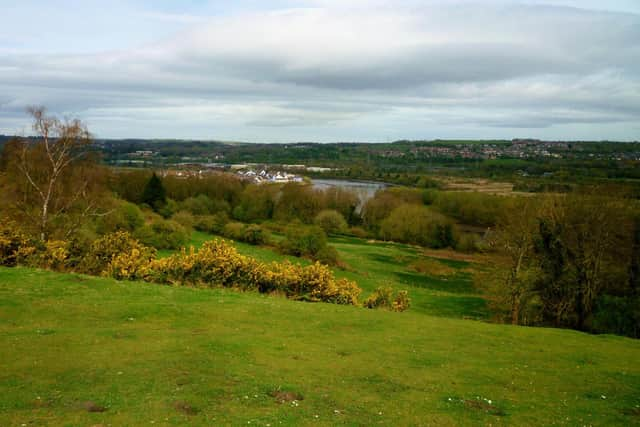

The distant views are very picturesque and halfway along our walk, we came to a monument to the Blaydon Races.
The Blaydon Races were somewhat intermittent. They were originally run in a part of Blaydon called The Sands, until the railway station was built on it in 1835.
George Ridley wrote his famous song in 1862, at which time they were held on an island in the middle of the river. This was its home for only seven years, from 1859 to 1865, after which the island was dredged away by the Tyne Commissioners to improve the navigation of the river.
Advertisement
Hide AdAdvertisement
Hide AdThe races were revived in 1887 on Stella Haugh, about where the monument is now. They were last run in 1915 – when a riot took place on the second day over the disqualification of the favourite, called Anxious Moments – and have never been held since, until they were revived in 1981 as a foot race.
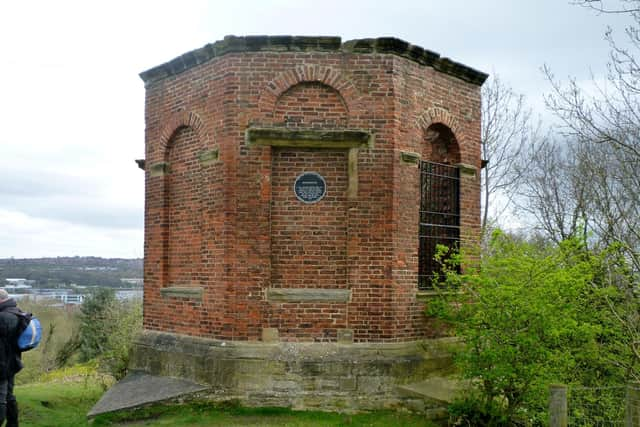

We turned off, crossed under the railway and under a major road, and headed inland up the finely graded path of what was once a waggonway, through a style and up onto a splendid grassy height called Summerhill.
The views from it are sweeping, especially to the north, west and east. You can see right across the Tyne Valley, up and down the river and far into Northumberland.
The land below, a mixture of grass, shrubs and trees, is known today as Stella Meadows. It was actually the park of Stella Hall, the home of the famous Tyneside radical Joseph Cowen.
Advertisement
Hide AdAdvertisement
Hide AdIn the 19th Century this was an area of heavy industry, with coal mines inland and staithes on the river. His father, Sir Joseph, made his fortune from the fire bricks, or refractories, used for lining furnaces, and from sewer pipes.
He was also the chairman of the Tyne Commission, so the dredging of the river benefited him as much as anybody.
In August 1888, the Newcastle Society of Antiquaries visited Stella Hall when Joseph Cowen, the son, gave them an informative address.
In the Middle Ages Stella was the Priory of St Bartholomew – a house of nuns who owned, amongst other properties, Nuns Moor in Newcastle.
Advertisement
Hide AdAdvertisement
Hide Ad“It is easy to suppose,” Mr Cowen said, “that Stella at that time would be a pleasant place of residence. There were then neither factories nor collieries near it; the atmosphere would not be saturated with chemical fumes nor disturbed by the roar of forges; the land was fertile and the landscape pastoral and picturesque, while the river was full of fish, and the woods of game.”
Not many years ago, the view in our picture would have been dominated by a huge power station. There are still signs of it in the many lines of pylons and electric cables, but the power station itself has gone to be replaced by housing estates and modern industry that makes less pollution than the brickworks and factories of Sir Joseph’s day.
Stella Hall, which stood lower down the bank in our picture, was given to the University of Durham in 1946, but it could not be saved and was demolished in 1953.
The back of the park, where our picture was taken from, is known as Summerhill from the elegant little summer house on its summit. It was a folly, but a folly with a purpose.
Advertisement
Hide AdAdvertisement
Hide AdIt had a roof in the form of a tall narrow dome. The main room had a circular mahogany table with four chairs and a “footman” with revolving shelves for the diners to help themselves from. The servants prepared the meal in the cellar underneath.
The windows and door used to have finely carved stone brackets to support the architraves, but these have worn away and have mostly been replaced with brick.
You can see the remains of one, while another, on another side of the building, has been restored to give an idea of its former splendour.
The Cowens were great supporters of European patriots, particularly the Polish and Italian, who were trying to secure their countries’ freedom.
Advertisement
Hide AdAdvertisement
Hide AdOne of these, Giuseppe Garibaldi, was a guest at the Hall in 1854 and a plaque on the summer house says that, “According to tradition Garibaldi spent many hours here during his stay at Stella Hall.”
Not far away is Path Head Mill, where we ate our sandwiches. A house nearby is called – Anxious Moments.